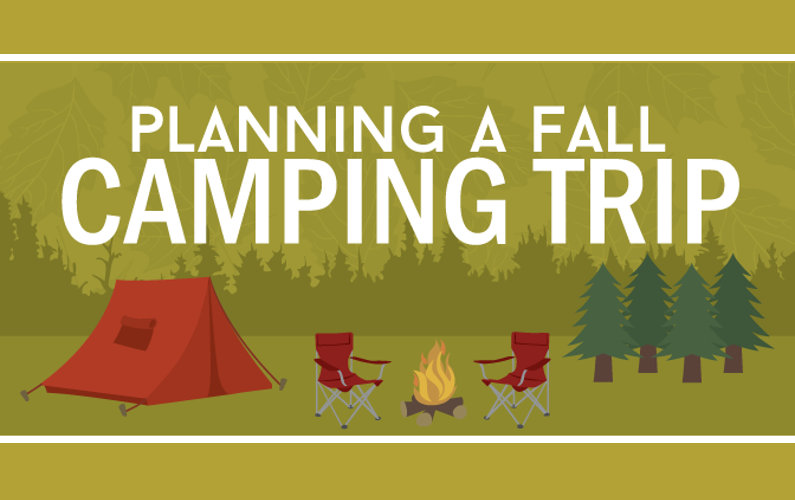A camping tent without man lines is susceptible to collapsing or being blown away in windy problems. By affixing to marked loopholes or accessory points, and after that connecting to anchor factors like rocks, trees, or outdoor tents stakes, individual lines provide additional support past what is given by a sanctuary's interior framework and tent poles.
Outdoor tents Security
Camping tent stability is important for event safety and security and a comfy experience. A steady camping tent can endure harsh climate condition, consisting of high winds, rainfall, and snow without risk of damage or collapse.
The sort of framework and canopy materials made use of can affect camping tent stability. Century post camping tents, which rely upon a single central pole for assistance, are a lot more vulnerable to high wind speeds than structure camping tents. Frame outdoors tents include a grid-like system of aluminum or steel light beams that collaborate to support the framework, sharing the tons so no one component takes all the anxiety.
To support a tent, the very first step is to connect guy lines to the outdoor tents's man out loops. Make use of a trustworthy knot, like a bowline or clove hitch, to link the line to the anchor point, and make certain it is taut yet not too limited. This will prevent harming the tent textile or straining the posts, while distributing stress uniformly.
Wind Stability
In wind power, climatic stability is a vital element for exact quotes of wind rates at different elevations. A number of methods to figure out the vertical account of the wind need to take this particular into account. Ignoring it can lead to unreliable results, leading to overestimated energy distribution rates or less than expected performance.
Weather differ according to the site area and weather sensations occurring during that time. For example, prevailing wind shear relies on the type of climate present, such as a steady or unpredictable atmosphere, or a layering of air masses with various temperature level structures, advertising instability or stability.
At the research study website, an analysis was done to get the distribution of climatic security parameters at 2 elevations (20 m and 50 m). Figure 8d shows that shear worths are more spread and often tend to be greater in unstable atmospheric conditions. This validates the diurnal behavior of these specifications in a mostly camping cookware unstable environment.
Climate Security
While weather apps and WX SMARTS write-ups tend to focus on fronts, systems, and electrical storms, climatic security is less-talked about, yet it's embedded in everything from wind gusts and clouds to upright updrafts and downdrafts. Security is simply defined as the capability of an ambience to respond to vertical movement. Therefore, meteorologists assessing upper-air observations utilize a helpful graph called the Skew-T diagram that illustrates the air's response to upright displacement, with security states categorized as stable, neutral or unstable. Naturally, the above summary is simplified; there are several factors that impact stability, such as vertical wind shear and latent heat release throughout condensation. These procedures modify the ecological gap price and influence buoyancy, updrafts and downdrafts, and cloud formation in complex ways.
